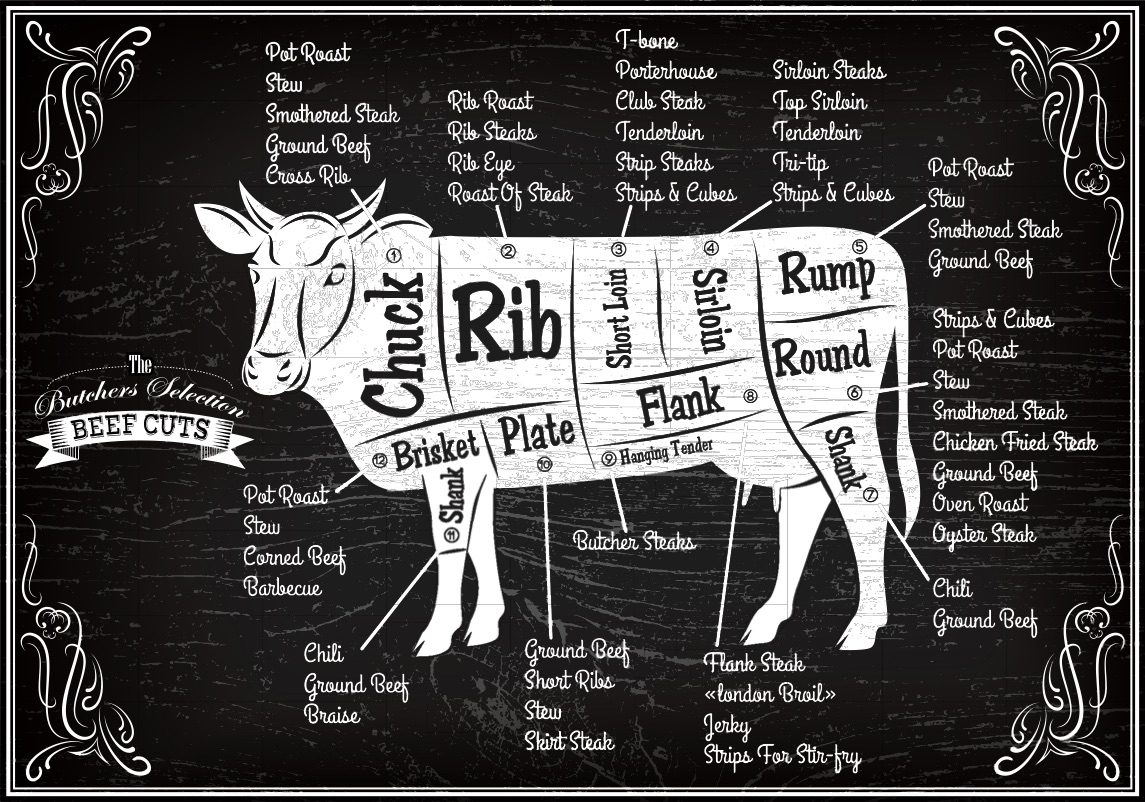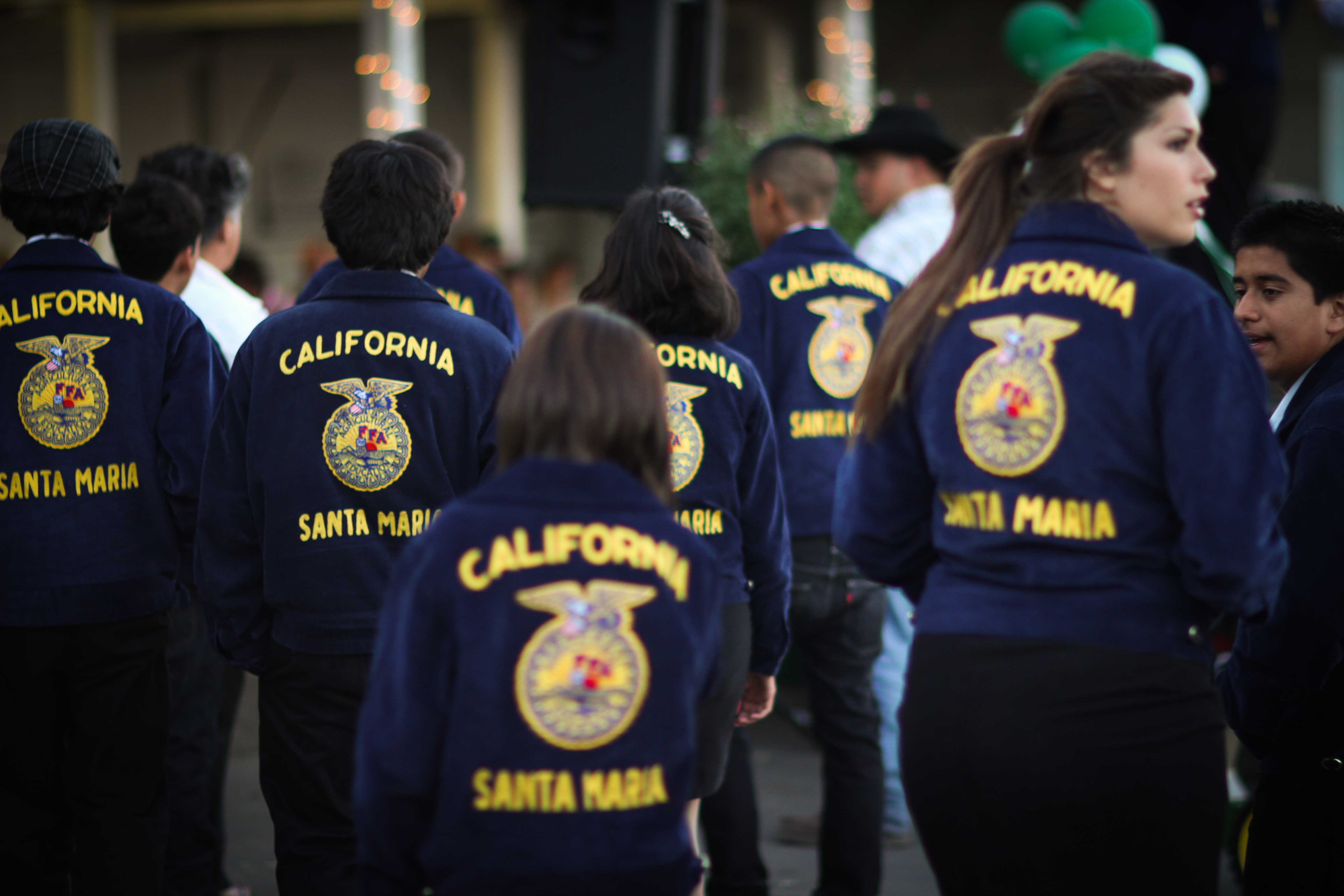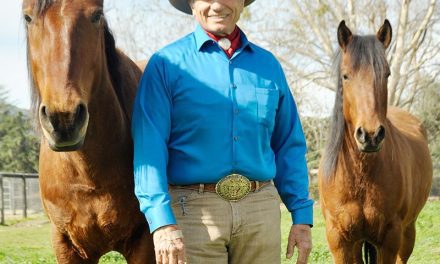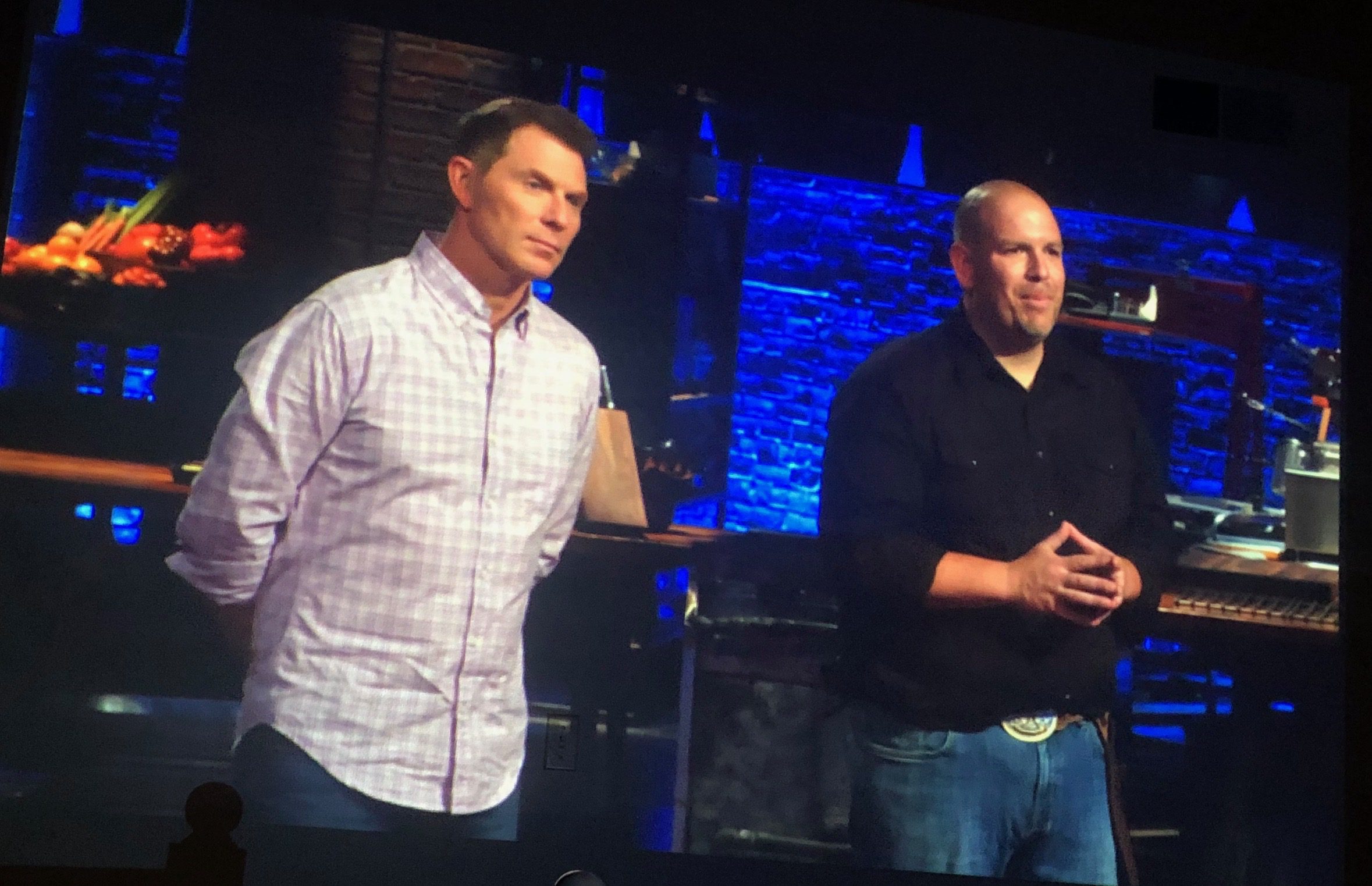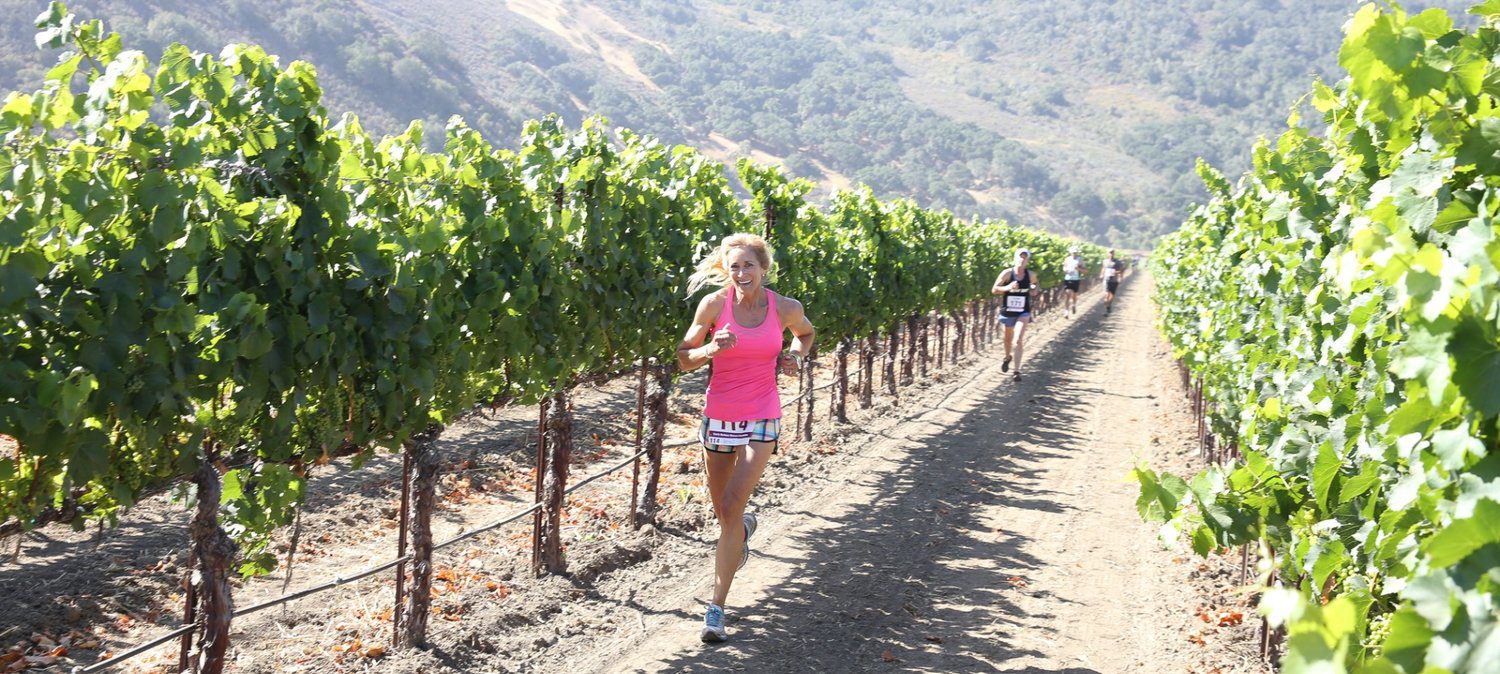By Lauren Scheller
Grilling season is officially upon us, though many would agree that the Central Coast offers optimal year-round outdoor cooking and eating conditions. Beef is a staple on the barbecue, and rightfully so. It’s delicious, nutritious and versatile.
There are many favorite beef cuts for grilling, including the rib-eye, top loin, T-Bone, top sirloin, filet, flank steak, and the local favorite, Tri-tip. Some other delicious cuts to try include the flat iron (the top blade steak that is the second-most tender cut, after the tenderloin) and chuck-eye steaks.
And just because the outside temperature is rising does not mean it is time to put away the slow cooker. Some beef cuts, mostly from the chuck and the round, are better suited for “low and slow” cooking methods such as braising, slow cooking, oven roasting or smoking. The tougher muscles and tissues in cuts like chuck roast, short ribs, round tip roast and brisket become tender enough to cut with a fork and melt in your mouth after they are cooked at low heat for a few hours.
When it comes to purchasing beef, there are many choices — but they’re all great. Whether it’s grain-finished, grass-finished, natural or organic, all beef has 10 essential nutrients including zinc, iron, protein and B-vitamins. Zinc helps maintain a healthy immune system; iron helps the body use oxygen; protein helps preserve and build muscle; and vitamins B6 and B12 help maintain brain function.
Beef packs all of that power and more. A 3-ounce serving of lean beef provides 25 grams of protein, about half of the recommended daily value. What’s “lean” beef? More than 30 of our favorite beef cuts qualify for lean, including strip steak, tenderloin, flank steak, bottom round roast, brisket, Tri-tip, 93 percent lean ground beef, and more.
Tip: Look for “round” or “loin” in the name. They are low on calories but high on flavor.
When raising beef, continuously improving the ways in which cattlemen and women responsibly care for our land and our animals is a top priority. As a matter of fact, from 2005 – 2011, the beef community improved its sustainability by 5 percent by reducing greenhouse gas emissions, reducing water use and land use, and by improving animal health and performance (www.beefresearch.org).
It does not stop there. Cattlemen and women are interested in the next challenges and future opportunities to improve sustainability, and they are researching ways to reduce food waste, invest in technology, improve animal breeding, and generate more communication with retail and food-service partners.
Most importantly, ranchers want consumers to know that we raise our cattle with care. The same beef that local ranchers feed their families might also be enjoyed by a family in New York City or a diner in Japan. Santa Barbara County cattlemen and women are proud to provide safe, wholesome and nutritious beef while caring for cattle and wildlife and maintaining open landscapes in Santa Barbara County for all to enjoy.
For recipes and more tips on beef nutrition and cooking, visit www.BeefItsWhatsForDinner.com.
Lauren Scheller is a member of the Santa Barbara County Cattlewomen, and her family has a long history as ranchers in Los Alamos. She works for the Arizona Beef Council, promoting the beef and cattle industry. Follow the SBC Cattlewomen on Facebook for more information.

